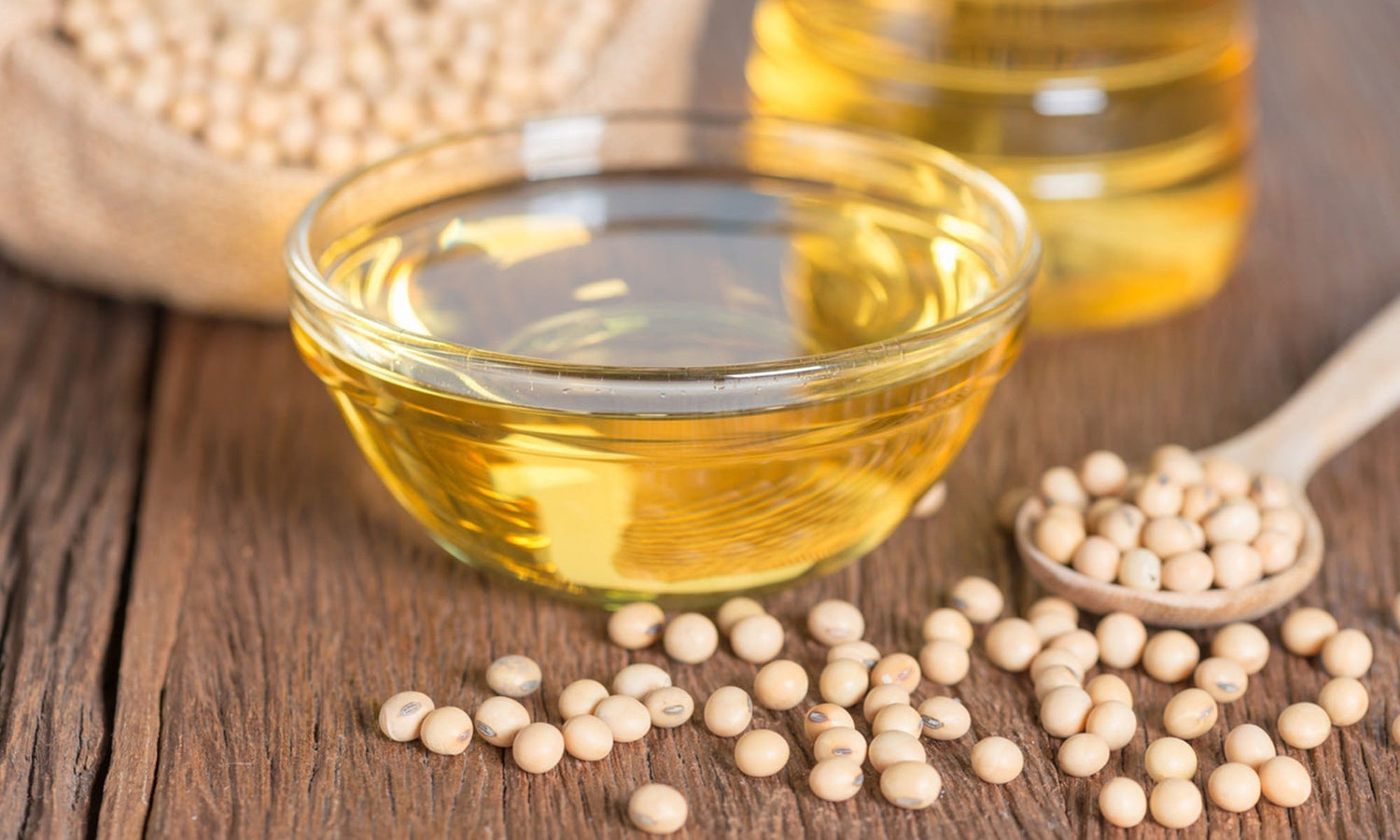High Oleic Soybean Oil is a type of soybean oil that has been modified to contain higher levels of oleic acid, a monounsaturated fat. Oleic acid is the same healthy fat found in olive oil, which has been widely recognized for its health benefits, including promoting heart health and reducing inflammation. This unique oil offers a host of advantages for kitchen professionals looking to enhance their cooking while boosting the nutritional profile of their dishes.
In this article, we will delve into the key aspects of high oleic soybean oil, how it is produced, and why it has become a favored choice among culinary experts. From its health benefits to its versatility in the kitchen, we will explore everything you need to know about this remarkable oil.

Health Benefits of High Oleic Soybean Oil
One of the most compelling reasons for choosing high oleic soybean oil is its impressive health benefits. Here are some of the primary advantages:
Heart Health
High oleic soybean oil contains a higher concentration of monounsaturated fats, particularly oleic acid. These healthy fats are known to lower bad cholesterol levels (LDL) while maintaining or even increasing good cholesterol levels (HDL). As a result, incorporating high oleic soybean oil into your diet can reduce the risk of cardiovascular diseases.
Anti-Inflammatory Properties
Oleic acid has anti-inflammatory properties that can help reduce inflammation in the body. Chronic inflammation is linked to various health issues, including arthritis, diabetes, and certain cancers. By using high oleic soybean oil, you can help mitigate these risks.

How is High Oleic Soybean Oil Produced?
High oleic soybean oil is produced by altering the fatty acid composition of traditional soybean oil. This is typically done through plant breeding techniques or genetic modification to increase the oleic acid content while reducing the levels of polyunsaturated fats. The result is an oil with a higher smoke point and enhanced stability, making it an ideal choice for high-heat cooking.
Genetic Modification vs. Traditional Breeding
There are two primary methods for producing high oleic soybean oil: genetic modification (GM) and traditional plant breeding. Genetic modification involves directly altering the soybean's DNA to achieve the desired fatty acid profile, while traditional breeding methods involve cross-breeding plants with favorable traits over multiple generations.

Versatility in the Kitchen
High oleic soybean oil is incredibly versatile and can be used in a wide range of culinary applications. Here are some of the most common uses:
High-Heat Cooking
Thanks to its high smoke point, high oleic soybean oil is perfect for high-heat cooking methods such as frying, sauting, and grilling. It can withstand temperatures up to 450F (232C) without breaking down or producing harmful compounds.
Baking
High oleic soybean oil can also be used in baking, providing a neutral flavor that won't overpower your baked goods. It can be substituted for butter or other oils in recipes, contributing to a healthier final product.
Salad Dressings and Marinades
With its light and neutral taste, high oleic soybean oil is an excellent choice for salad dressings and marinades. It blends well with various herbs, spices, and acidic ingredients, allowing you to create delicious and balanced dressings.

Environmental Impact
The production of high oleic soybean oil also has a favorable environmental impact. Soybeans are a renewable resource, and advancements in agricultural practices have made their cultivation more sustainable. Additionally, the increased stability of high oleic soybean oil means less waste and a longer shelf life, reducing the overall environmental footprint.
Key Considerations for Kitchen Professionals
For kitchen professionals, choosing the right oil can significantly impact the quality and nutritional value of dishes. Here are some key considerations when using high oleic soybean oil:
Cost
High oleic soybean oil may be slightly more expensive than traditional soybean oil due to the specialized production methods. However, its numerous benefits, including improved health profile and cooking performance, often justify the additional cost.
Taste
While high oleic soybean oil has a neutral taste, it's essential to consider how it will interact with other ingredients in your recipes. Conduct taste tests to ensure it complements your dishes as intended.
Shelf Life
Thanks to its increased stability, high oleic soybean oil has a longer shelf life compared to traditional oils. This can be particularly beneficial for professional kitchens, reducing the frequency of oil replacement and minimizing waste.
Nutritional Profile
Be sure to educate your staff and customers about the nutritional advantages of high oleic soybean oil. Highlight its heart-healthy properties and anti-inflammatory benefits to promote its use in your culinary creations.
External Resources
For more detailed information on high oleic soybean oil, visit The Soyfood Council. Their website offers a wealth of knowledge on nutritional benefits, cooking applications, and production methods of high oleic soybean oil. If you're looking to maintain a clean kitchen environment, check out this guide on cleaning kitchen tiles.
Frequently Asked Questions (FAQs)
1. Is high oleic soybean oil genetically modified?
While some high oleic soybean oils are genetically modified, others are produced through traditional plant breeding techniques. Be sure to check the label if this is a concern for you.
2. Can I use high oleic soybean oil for deep frying?
Yes, high oleic soybean oil is excellent for deep frying due to its high smoke point and stability at high temperatures.
3. How does high oleic soybean oil compare to olive oil?
Both high oleic soybean oil and olive oil are rich in heart-healthy monounsaturated fats. However, high oleic soybean oil has a higher smoke point, making it more suitable for high-heat cooking.
As an Amazon Associate, I earn from qualifying purchases.






Leave a comment
This site is protected by hCaptcha and the hCaptcha Privacy Policy and Terms of Service apply.